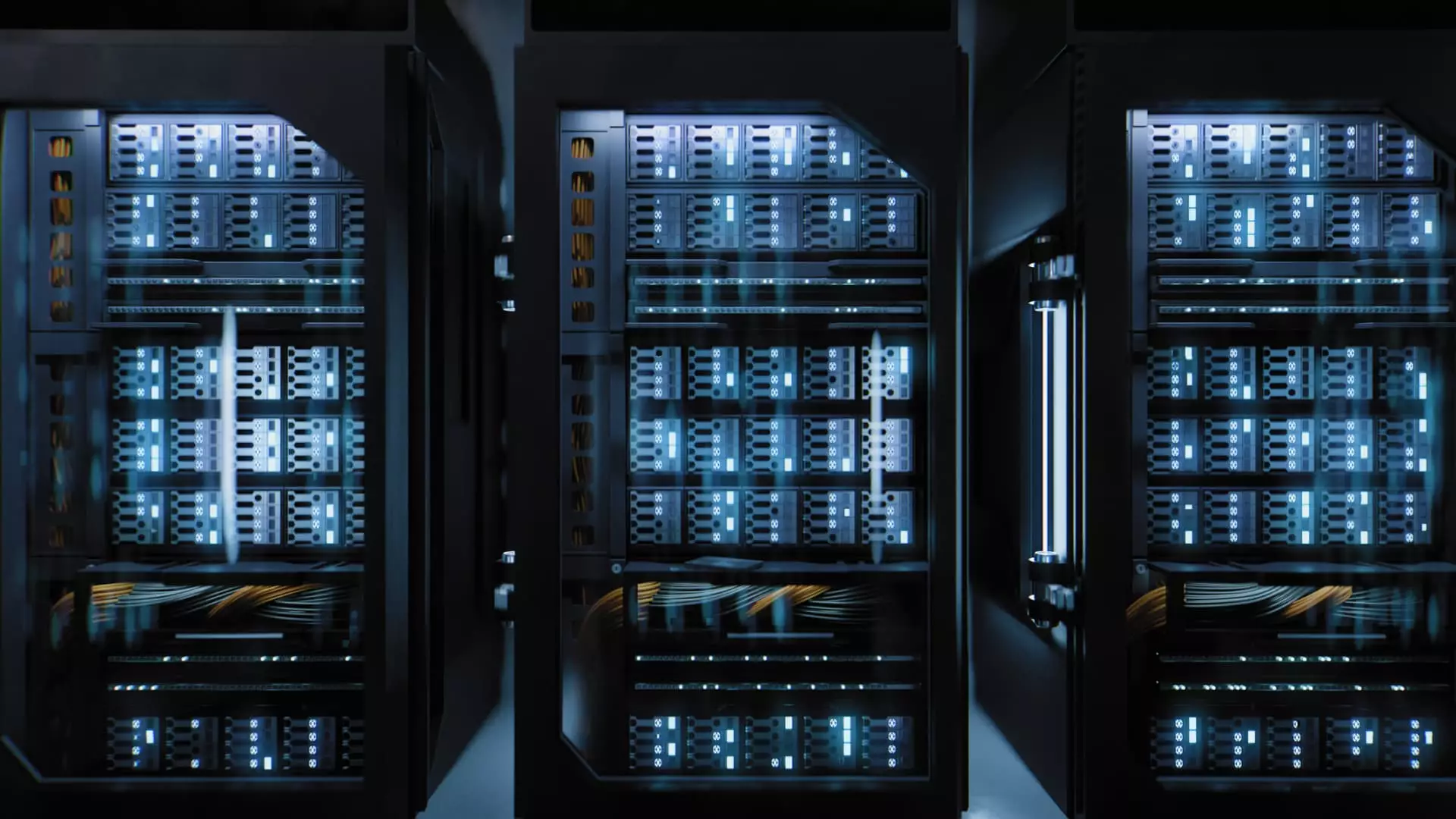The rise of artificial intelligence (AI) is revolutionizing data centers, prompting a significant reevaluation of how these facilities operate amidst growing environmental concerns. As European countries grapple with the dual pressures of advancing technology and environmental sustainability, they find themselves navigating a complex landscape defined by the need for enhanced cooling solutions while striving to meet decarbonization targets.
AI’s ascendance is projected to drive a staggering 160% increase in demand for data centers by 2030, posing a considerable challenge in terms of energy consumption and sustainability. Research indicates that the specialized chips employed for deep learning, primarily graphics processing units (GPUs), generate excessive heat. Subsequently, these GPUs necessitate advanced cooling solutions to maintain operational efficiency and reliability. This peak in energy consumption cannot be ignored; one square meter of a data center equipped with AI capabilities can demand up to 120 kilowatts of power—equivalent to the consumption of multiple households. Such extreme energy use signifies that traditional cooling methods, predominantly reliant on air, are falling short and creating a pressing demand for lower water coolant temperatures.
The modern emphasis on achieving lower water temperatures can be interpreted as a retrogressive step back to earlier practices in data center management. Experts like Michael Winterson, chair of the European Data Center Association, highlight the risk that such requirements could plunge the industry into an unsustainable model reminiscent of the pre-existing norms from 25 years ago. The push for higher powered AI chips previously set a clear exit strategy from outdated cooling processes, but with recent demands from American chip manufacturers to utilize water coolant in temperatures ranging from 20 to 24 degrees Celsius, the European data center industry now faces a crossroads.
This freshly imagined ‘race for space’ and resources reveals how countries like the U.S. may prioritize market dominance at the expense of sustainability, further complicating the EU’s strategic efforts to balance eco-conscious initiatives with technological progress.
With an ambitious agenda to reduce energy consumption by 11.7% by the year 2030, the European Commission’s efforts are now critically challenged. The advent of AI has led to predictions suggesting that energy demands could increase by 28% by 2030. However, the trajectory of AI suggests that this number could inflate drastically, raising questions about compliance with recent legislation, such as the Energy Efficiency Directive. This directive compels data centers to publicly disclose their power consumption metrics, a transparent measure engineered to address energy use directly.
Energy stakeholders, including companies like Schneider Electric, actively engage with the EU on these sustainability challenges. The discourse encompasses various strategies to explore and implement efficient power sources while assessing the role of utility firms in catering to these new demands. Notably, discussions focus not solely on the characteristics of energy sources but also on power usage effectiveness (PUE), which remains a pivotal metric in assessing overall data center efficiency.
As organizations make strides towards incorporating AI into their functionalities, the operational landscape evolves significantly. Firms like Equinix emphasize the nuanced challenges facing their clientele, particularly relating to the desire for higher density through power-intensive hardware. This desire promotes an intricate web of decision-making where power efficiency and cooling requirements must be harmonized within the fabric of the evolving technological framework.
Moreover, adaptation strategies surrounding liquid cooling showcase an evolutionary narrative; while liquid cooling necessitates an upfront investment, it presents a long-term feasibility that can lead to sustainable advancements in power and water use efficiency. This shift corroborates sentiments within the industry that suggest technology is evolving in tandem with growing environmental consciousness.
Preceding the surge in AI’s popularity, Europe’s data center industry was already dealing with escalating challenges in keeping pace with the burgeoning digital sector. Faced with fierce competition from U.S. operators eager to expand into the European market, the region’s data center providers are acutely aware of the need to align with both carbon neutrality and resource efficiency goals set forth by the EU.
The call for a new methodology surrounding data center operations is clearer now than ever. The industry’s response must consist of innovating infrastructure without compromising long-term sustainability objectives. As global entities strive to meet both consumer demand and environmental standards, it is evident that achieving equilibrium between pioneering AI technologies and safeguarding our ecological future remains an ongoing, vital dialogue.

